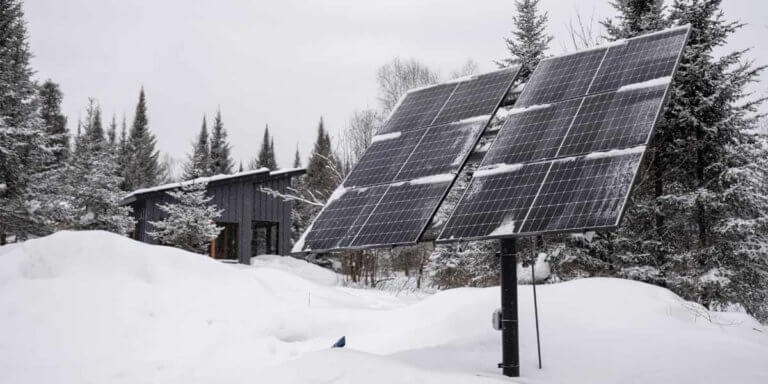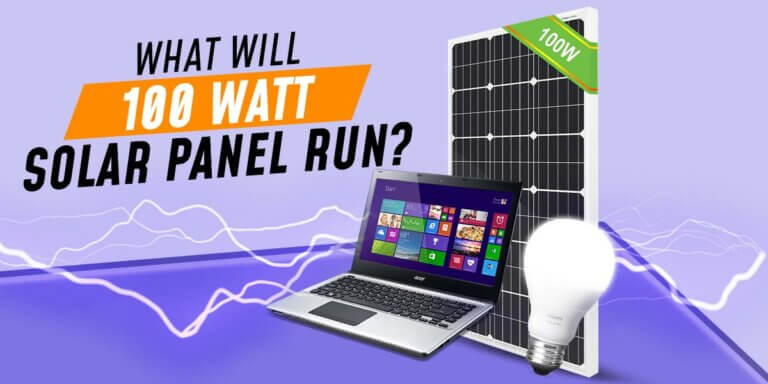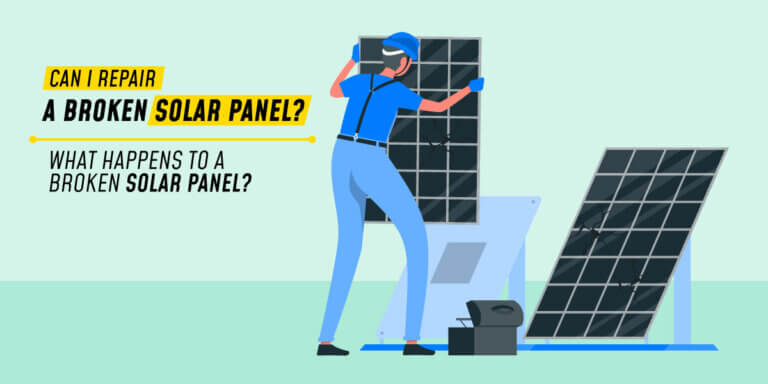Are Solar Farms Profitable? | Solar Farm ROI Explained
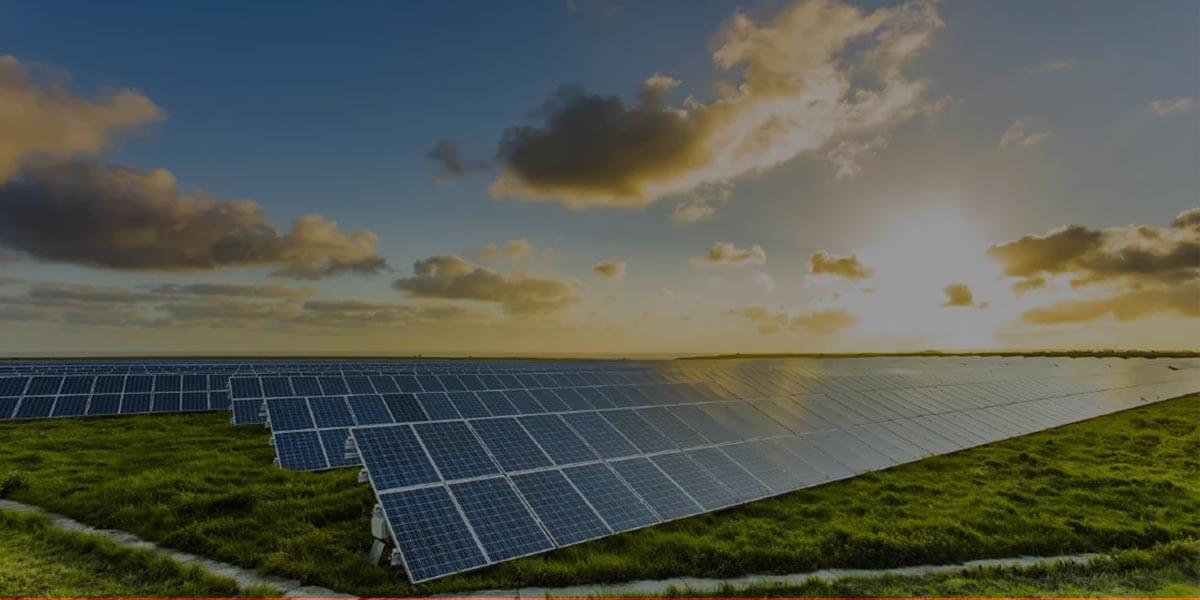
On our website, we have given you a general idea of solar farms and how they can be beneficial to the people living next to the solar farms, but are solar farms beneficial to their owners? Do owners get back their solar farm investments? How high are the solar farm return on investments? Or in other words How profitable is a Solar Farm? This article aims to answer these questions.
Solar panels, land, and other costs associated with establishing a solar farm may appear to be a large amount of overhead at first sight. Solar projects are long-term investments with high return potential. Solar farms provide recurrent income for years after the initial investment.
A solar plant may be so successful because the energy produced is sold back to the electrical company and distributed to others. Solar farms can be scaled up or down depending on the space available to install panels. You can make money with just a few acres or start a large-scale farm.
As you can see, unless you decide to lease your land, the initial startup costs of a solar farm are not cheap. Planning on investing in solar farms that produce 1MW of power? A 1 MW solar farm can cost anywhere between $820,000 and $1.36 million to build, from the siting and permission process to the procurement and installation of the actual solar equipment.
Types of Solar Farms
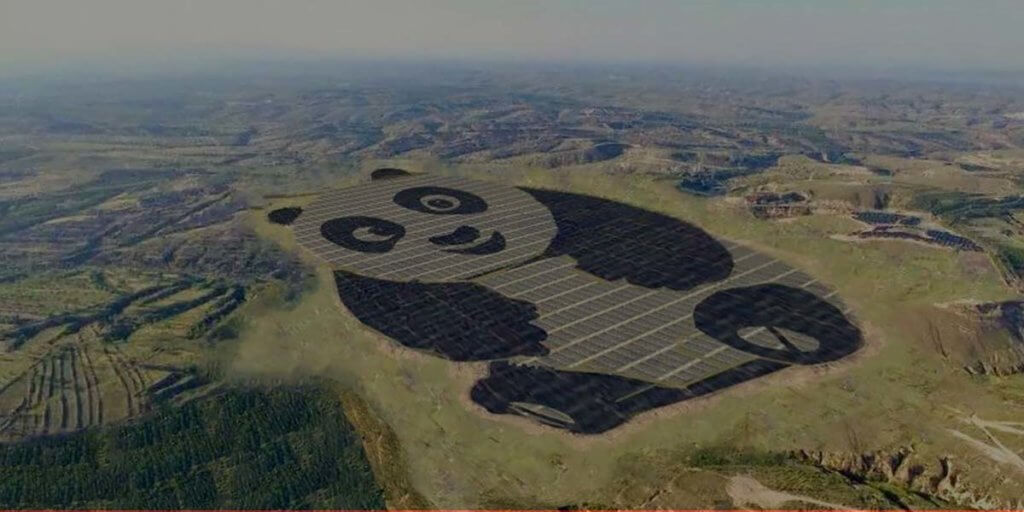
Utility and community solar farms are the two primary types of solar farms. The biggest difference between them is scale: Utility-scale solar farms are often significantly larger than community-scale solar farms.
Community Farm vs Utility Farm
Solar farms with utility-scale capacity range from 1 MW to 2,000 MW. While most community solar farms are around 5 MW in size, it’s not rare to come across ones that are under 100 kW. Another important distinction between the two types of solar farms is who they supply electricity to.
Community solar farm projects deliver power to subscribers or members who have paid for a share of the farm’s power. Utility solar farms, on the other hand, are part of the energy mix carried on the utility’s power lines and serve the utility business as well as all of its customers.
How Much Does it Cost to Build a Solar Farm?
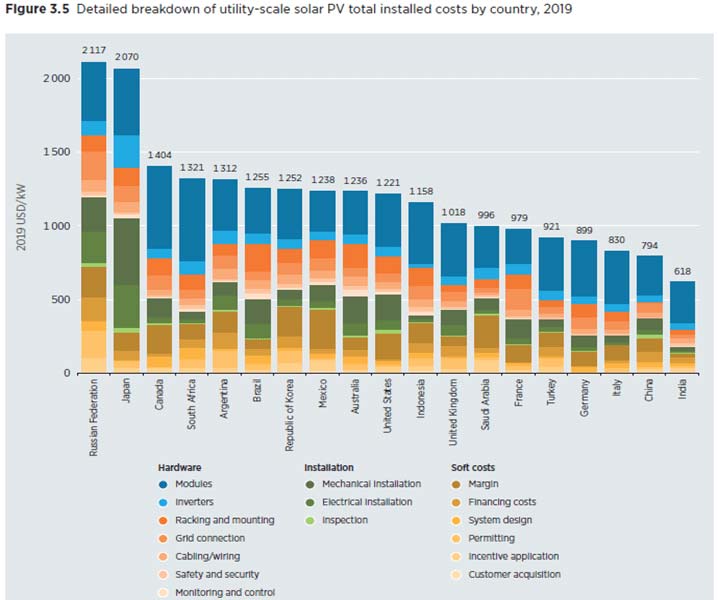
According to the SEIA’s average national cost projections for 2022, assuming you already own the property to put a solar farm on, installation costs typically vary from $.82 to $1.36/watt. Solar farms are 50% less expensive to install and operate than rooftop solar systems, which cost an average of $2.84 per watt versus $.82 to $1.36 per watt for rooftop solar systems.
The larger the solar farm, the less money you’ll have to spend on installation. Solar farms are also being used by utilities to develop new power-producing capacity since they are more cost-effective than practically any other energy source.
1. How Much Land Will You Require?
Large solar projects have a set of requirements that must be completed for them to be successful. According to GTM Research, a 1 MW solar farm will require 6 to 8 acres of land. This provides enough space for all of the necessary equipment and space between each panel row.
Large solar projects require space for solar panels and the equipment required to make them work, such as inverters. The rows of panels must have enough spacing for repair and maintenance access and enough space to avoid shadows from the adjacent solar panels.
Lastly, the terrain must be open with no obstacles that could block sunlight from reaching the solar panels. It is preferable to have land that receives direct sunlight, and the area should be free of trees or tall buildings.
2. Recognize The Investment and Operating Cost
One of the most significant barriers to greater adoption is the cost of solar farms. How much does a solar farm cost per acre? Utility farms typically have a capital cost of $0.82-0.95 per watt.
Consider the value of 285.71 MWh/year for one acre. This amount is the same as:
285.71 MW-hyr*1365 yrday*124 days = 0.03262 MW = 32.62 kW = 32,620 W
Solar panels per acre will cost between $26,748.40 and $30,989 at this rate. Other components, including racking equipment, inverters, batteries, transformers, and wiring, will also need to be paid for.
A 1-acre solar farm will set you back $400,000 to $500,000.Solar farms, for the most part, do not require much upkeep. On average, you’ll have to pay $15-$25 per kW every year.
Profitability of a Solar Farm
The effective profits that your investment would generate during the solar system’s life are referred to as the Return on Investment (ROI). The faster your original investment is recovered and the higher your ROI is, the higher your monthly savings on electricity bills from solar will be.
The typical return on investment for a standard solar farm is between 10% and 20%. Most solar farms pay off their systems in five to 10 years, after which they receive at least 30 years of free electricity. These are the general estimates. When calculating the return on investment of a solar farm, other considerations include:
- The weather in the area.
- The cost of installation.
- The size of the system.
- The technology used.
1. How to Boost Solar Farm Return on Investments
You still have time to maximize the value of your solar investment. For example, while your solar system is producing energy, you should try to use it on your property during the day. Use daylight hours to perform energy-intensive tasks like running the dishwasher and washing laundry.
Investing in battery storage is another way to be savvy with your energy usage. If you combine your solar panel with a battery, you may get even more value from your investment by storing surplus energy generated throughout the day.
Utilities usually charge higher rates during peak hours, so you’ll save money if you can utilize both your solar system and stored electricity during those periods.
Solar renewable energy credits are another opportunity to take advantage of (SRECs). SRECs are a traded commodity obtained by owning and operating a solar panel system that generates renewable energy. They are not available in every state, but those who live in locations with SREC markets can earn a lot of money.
2. Potential Gains in The Future
There are numerous ways to participate in solar farm investment. Whether it’s constructing a solar farm, establishing microgrids, or purchasing stock, Solar energy investments help create jobs, are backed by government incentives, and become more accessible.
Investing in solar farms run by government is what solar income funds do. This aids the country’s overall transition to a more sustainable electricity system while also providing a solid return on investment. Investing in renewable energy companies and mutual funds is a low-risk way to get started in the business.
Buying stock in a solar company or a company that manufactures and maintains solar equipment is one way to do this. These could be the gains in the future.
Conclusion
Solar farms are a large investment with a high return on investment (ROI). Solar projects will continue to be a part of the world’s future sustainable energy solutions, reducing fossil fuel reliance. Larger-scale solar projects, such as solar utility farms, will continue to gain popularity and become more affordable as solar farm developers find new ways to lower the cost of construction.
In the future, we can expect to see an increase in the number of solar farms of all sizes, making now a fantastic time to get on board if you have the property and the ability to do so.

